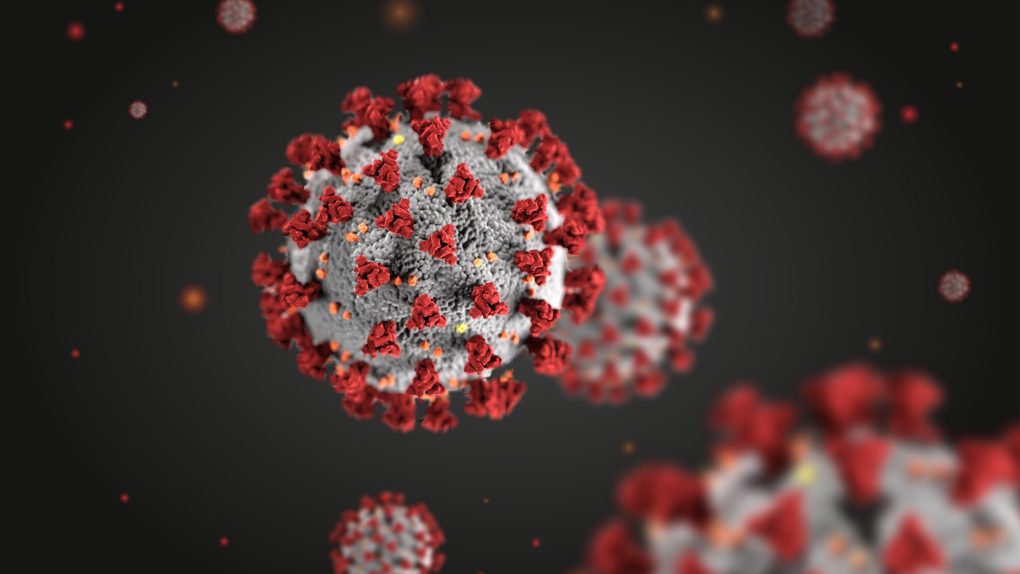- The COVID infection rate in the U.S. dropped by 16% over the last two weeks.
- Health experts are unsure if we’ve already reached peak COVID or if the worst is yet to come.
- In light of more contagious COVID mutations, one infectious disease expert believes the worst period of the entire pandemic will fall between March and May.
After months of despair, historic levels of unemployment, and more than 400,000 deaths, there’s finally a reason to believe that the end of the coronavirus pandemic is within reach. Thanks to the arrival of coronavirus vaccines from Pfizer and Moderna, there’s a good chance that the U.S. can achieve herd immunity later this summer and, perhaps, return to a sense of normalcy by fall.
Meanwhile, the recent surge of coronavirus infections finally appears to be losing momentum. Over the last two weeks, the number of COVID cases in the U.S. declined by 16%. And though the U.S. is still seeing nearly 200,000 new COVID cases a day, the daily infection rate is at a level we haven’t seen since early-mid December. All of this, of course, begs the question: is the worst of the coronavirus pandemic finally behind us?
While the current COVID data is trending in the right direction, The New York Times reports that experts aren’t entirely sure what the next few months will bring. Though the COVID vaccine rollout is picking up steam, more contagious COVID strains from abroad have some experts worried that a new surge in the U.S. is inevitable.
To this point, Dr. Michael Osterholm, an infectious disease expert who heads up the Center for Infectious Disease Research and Policy at the University of Minnesota, told the Times that the next three months “could be the worst part of the pandemic.”
“I hope I’m dead wrong,” Osterholm said.
It’s worth noting that Osterholm in October — back when the U.S. was seeing 40,000 to 50,000 new coronavirus cases per day — accurately predicted that November, December, and January would be the “darkest of the entire pandemic.” Osterholm’s prediction proved to be spot-on as the COVID infection rate started to surge at an unprecedented rate in November. By January, the U.S. was seeing well over 200,000 COVID cases a day. On January 8th in particular, the number of new infections eclipsed 300,000 for the first time since the pandemic began.
Other health experts, meanwhile, are cautiously optimistic that we may have finally turned a corner with respect to the COVID infection rate.
All told, it’s impossible to anticipate how things will play out given the number of unknown variables. As a quick example, it remains to be seen how quickly the vaccination effort in the U.S. improves. It also remains to be seen the extent to which more contagious variants of the coronavirus spread across the U.S. According to some researchers, it’s possible that the UK-based mutation could become the dominant strain in the U.S. as early as March.
Notably, President Joe Biden has promised to vaccinate 100 million Americans within the first 100 days of office. It’s a tall order, to be sure, but Dr. Fauci is confident that it’s an achievable goal.
“The goal of vaccinating 100 million people in the first 100 days is a realistic goal,” Fauci said not too long ago. “We can do 1 million people per day. You know we’ve done massive vaccination programs in our history,” Fauci said in reference to the U.S. smallpox vaccination effort of the late 1950s. “There’s no reason why we can’t do it right now.








